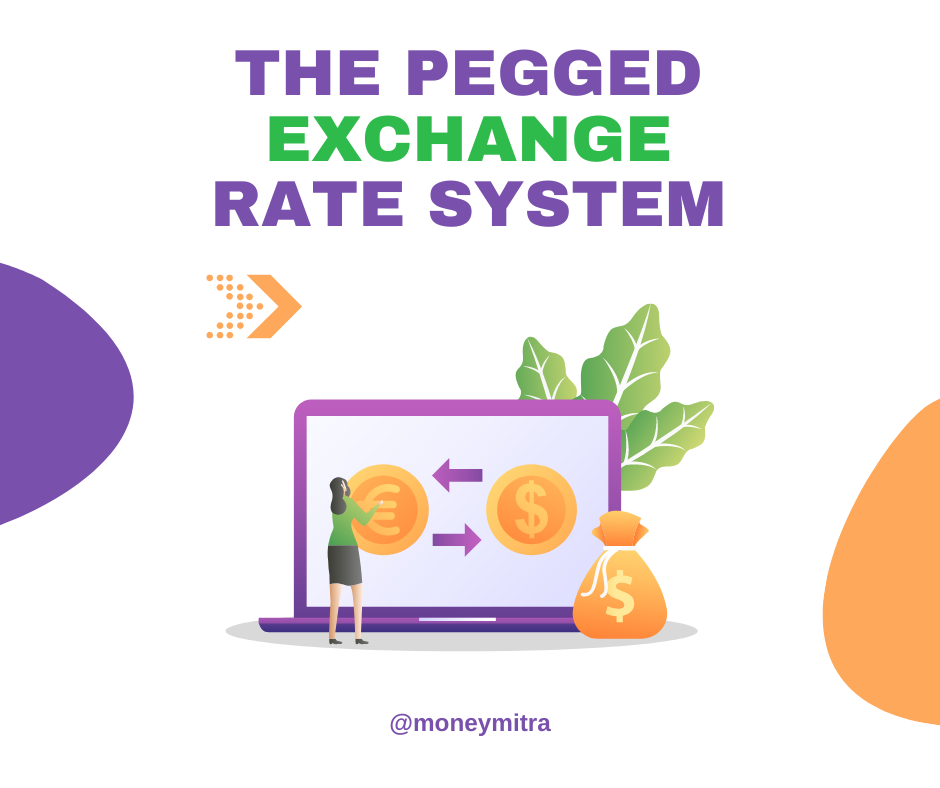The Pegged Currency System: A Close Look at the Nepalese Currency Pegged to the Indian Rupee

Introduction
A pegged currency system, also known as a fixed exchange rate system, is an arrangement in which a country's currency value is tied to a specific foreign currency or a basket of currencies. This system is used to stabilize a country's exchange rate and provide a predictable environment for international trade and investment. In this article, we will explore the pegged currency system, focusing on the Nepalese currency pegged to the Indian Rupee, as well as its advantages and disadvantages.
The Pegged Currency System: An Overview
In a pegged currency system, a country's central bank maintains the fixed exchange rate by either buying or selling its own currency to balance the supply and demand of foreign currency reserves. This requires the central bank to hold adequate foreign currency reserves to support its intervention in the foreign exchange market.
The Nepalese Currency Pegged to the Indian Rupee
Nepal has maintained a fixed exchange rate system with the Indian Rupee since 1993. The Nepalese Rupee (NPR) is pegged to the Indian Rupee (INR) at a rate of 1 INR = 1.6 NPR. This arrangement was established to facilitate trade and economic integration between the two countries, as India is Nepal's largest trading partner and a significant source of remittances and foreign investment.
Advantages of the Pegged Currency System for Nepal
1. Exchange Rate Stability: Pegging the Nepalese Rupee to the Indian Rupee ensures exchange rate stability and reduces fluctuations. This stability is crucial for businesses and investors, as it minimizes uncertainty and lowers transaction costs associated with currency conversion.
2. Facilitation of Trade and Investment: The fixed exchange rate promotes trade and investment between Nepal and India by eliminating the risk of currency fluctuations. This arrangement encourages cross-border economic activities and strengthens bilateral ties between the two countries.
3. Inflation Control: Pegging the Nepalese Rupee to the Indian Rupee can help control inflation in Nepal, as the central bank is required to manage the money supply to maintain the peg. This can lead to a more stable macroeconomic environment, which is essential for long-term economic growth and development.
Disadvantages of the Pegged Currency System for Nepal
1. Limited Monetary Policy Independence: In a pegged currency system, the central bank's primary focus is maintaining the fixed exchange rate. This often limits its ability to pursue independent monetary policies, such as controlling inflation or promoting economic growth, as these objectives may conflict with the need to maintain the peg.
2. Vulnerability to External Shocks: By pegging its currency to the Indian Rupee, Nepal becomes susceptible to economic and political developments in India. If the Indian economy faces a crisis or significant fluctuations, it can directly impact the Nepalese economy, given the fixed exchange rate system.
3. Foreign Currency Reserve Management: To maintain the peg, Nepal's central bank must hold adequate foreign currency reserves, particularly in Indian Rupees. This requires constant monitoring and intervention in the foreign exchange market, which can be costly and challenging to manage effectively.
Conclusion
The pegged currency system has both advantages and disadvantages for Nepal. While it provides exchange rate stability and promotes trade and investment with India, it also limits monetary policy independence and exposes the country to external shocks. As the global economy continues to evolve, it is essential for policymakers in Nepal to carefully assess the ongoing suitability of the pegged currency system and consider potential alternatives or modifications if necessary to ensure the country's long-term economic stability and growth.
